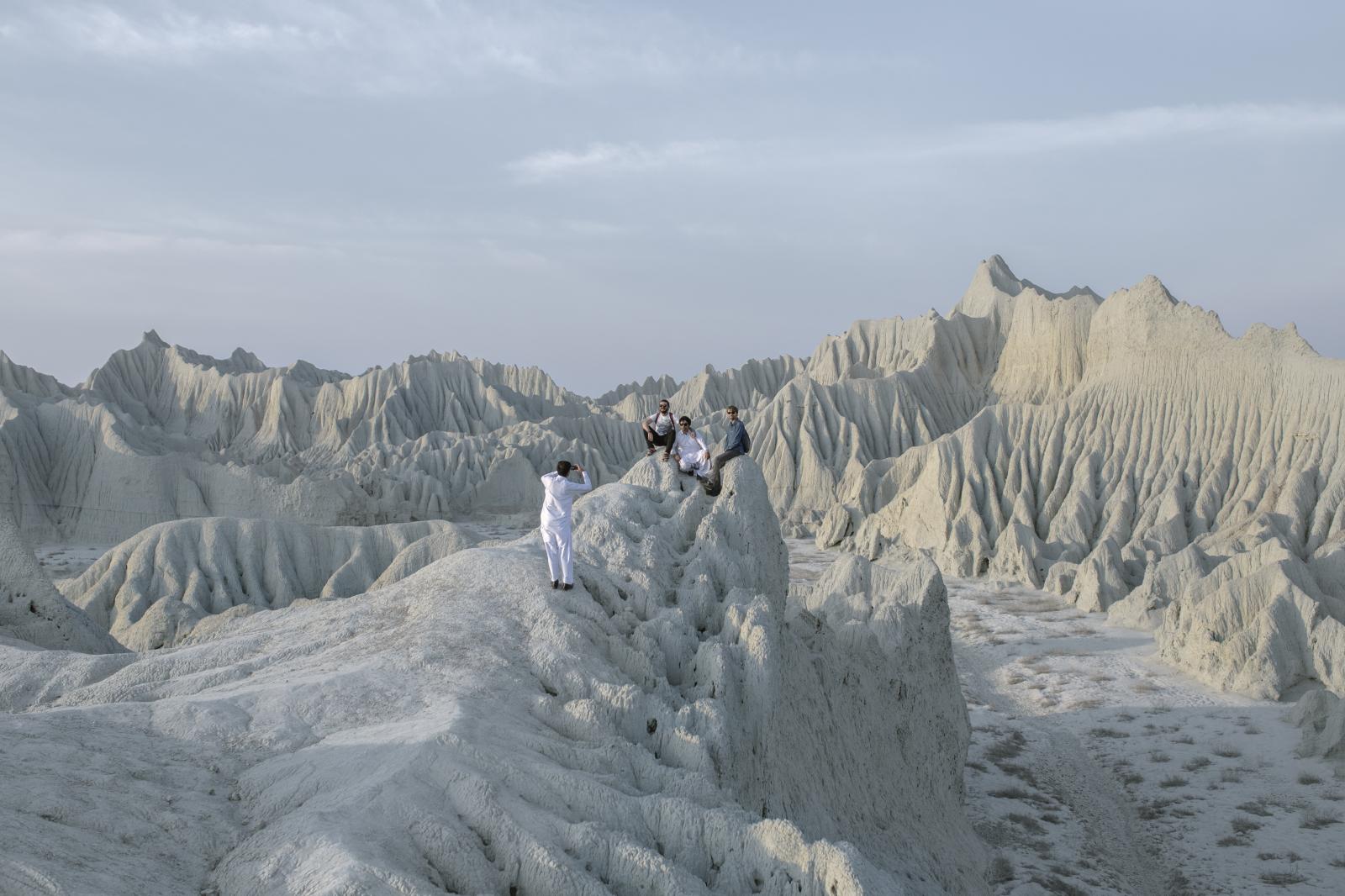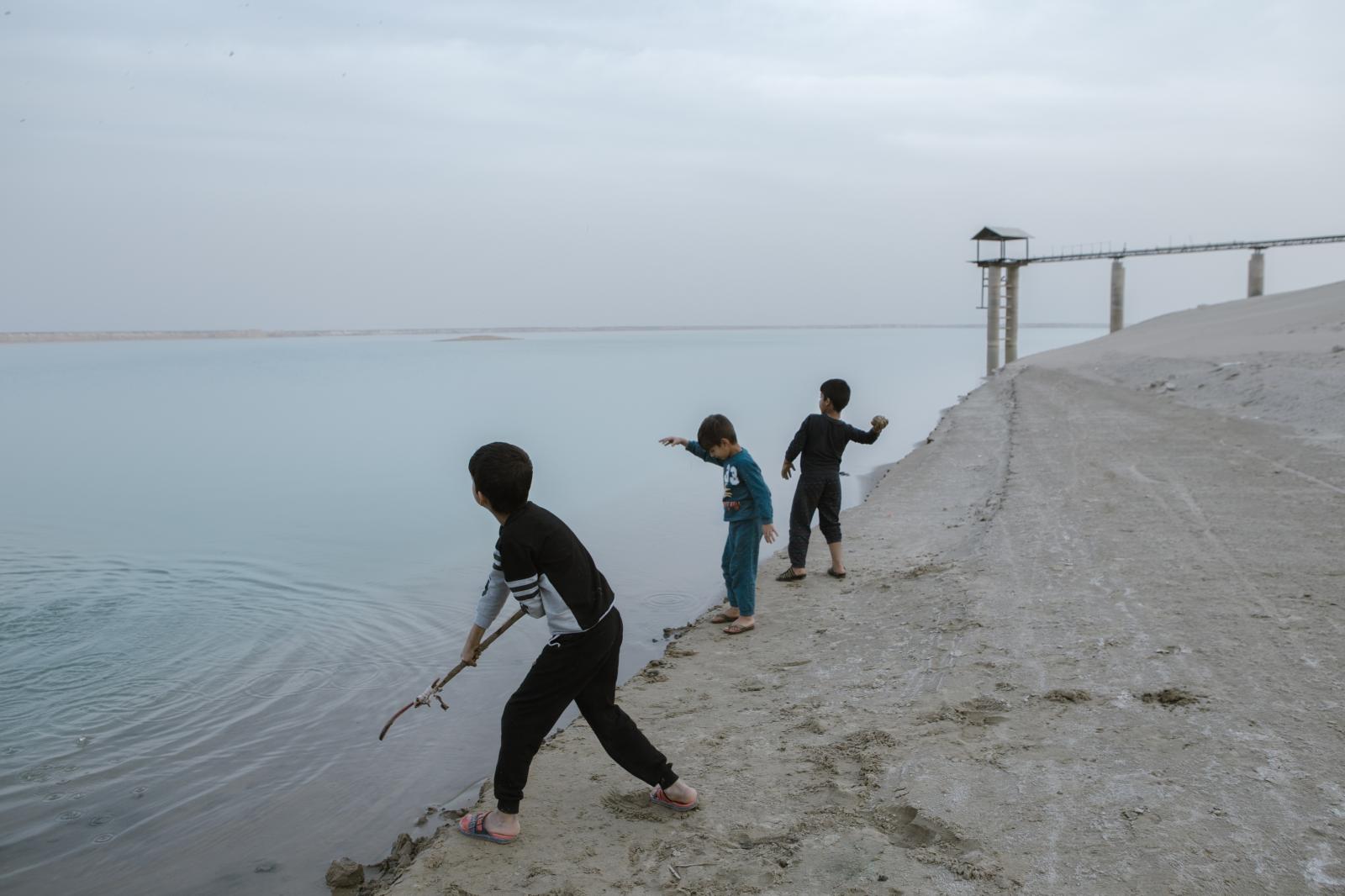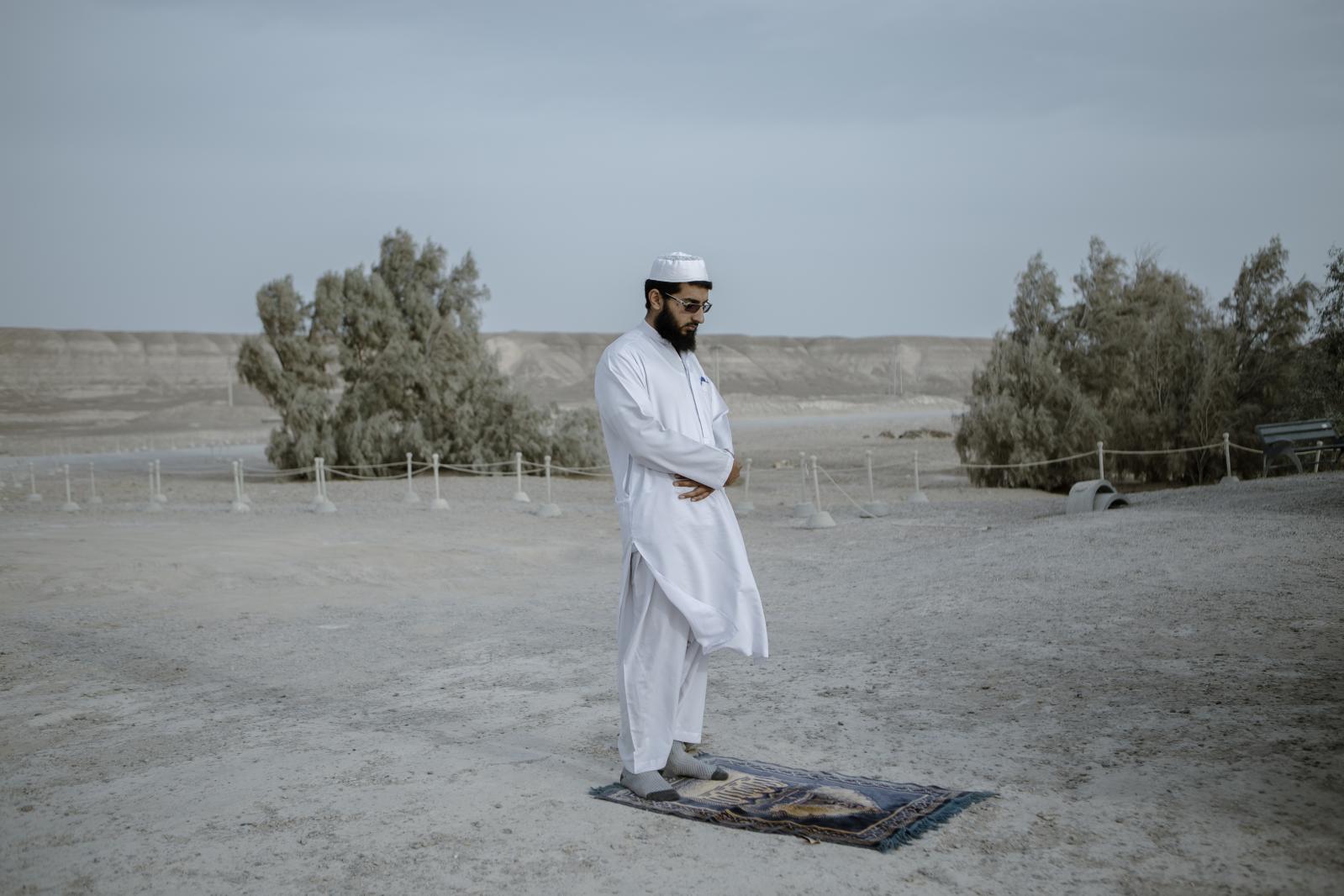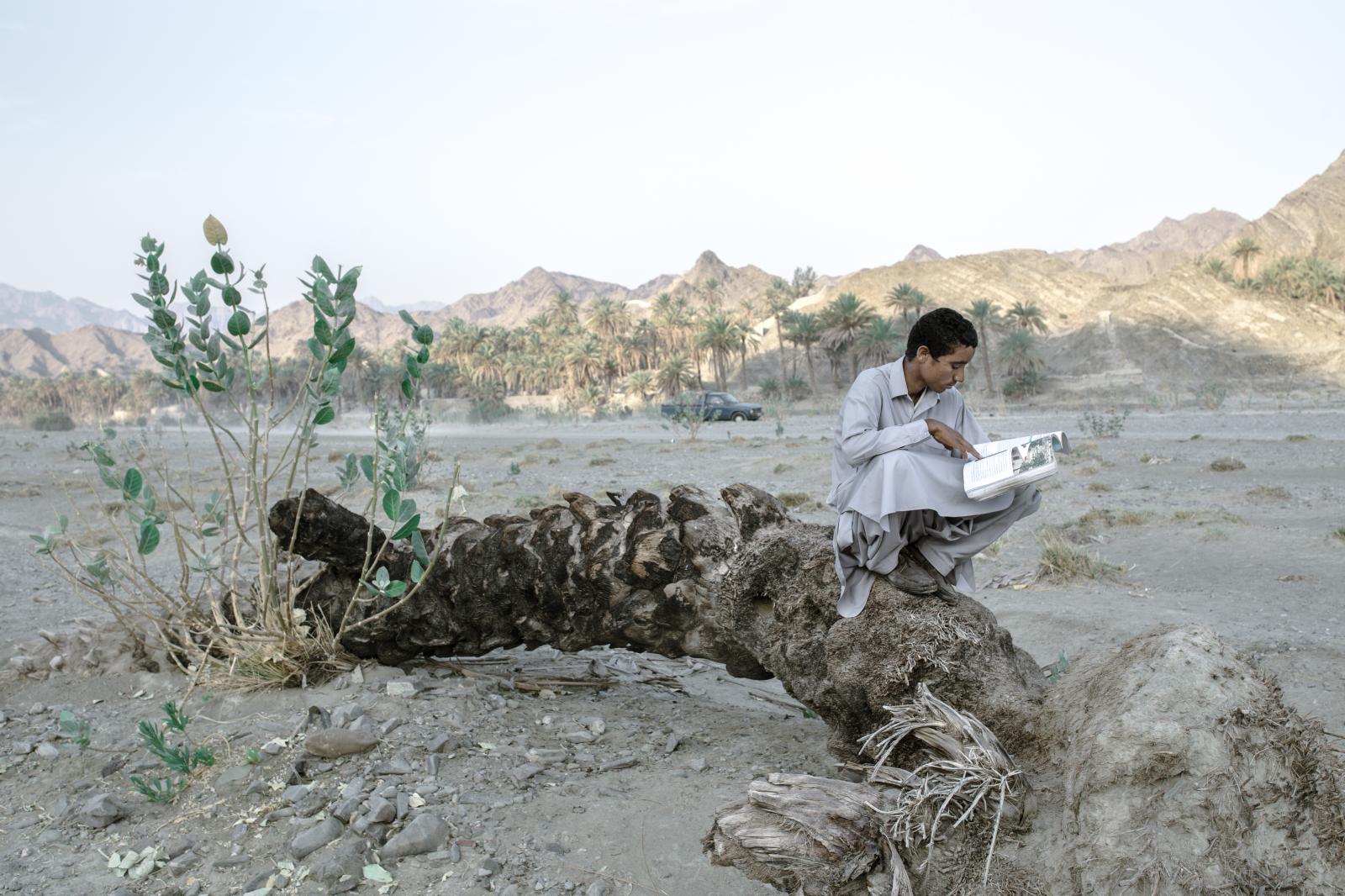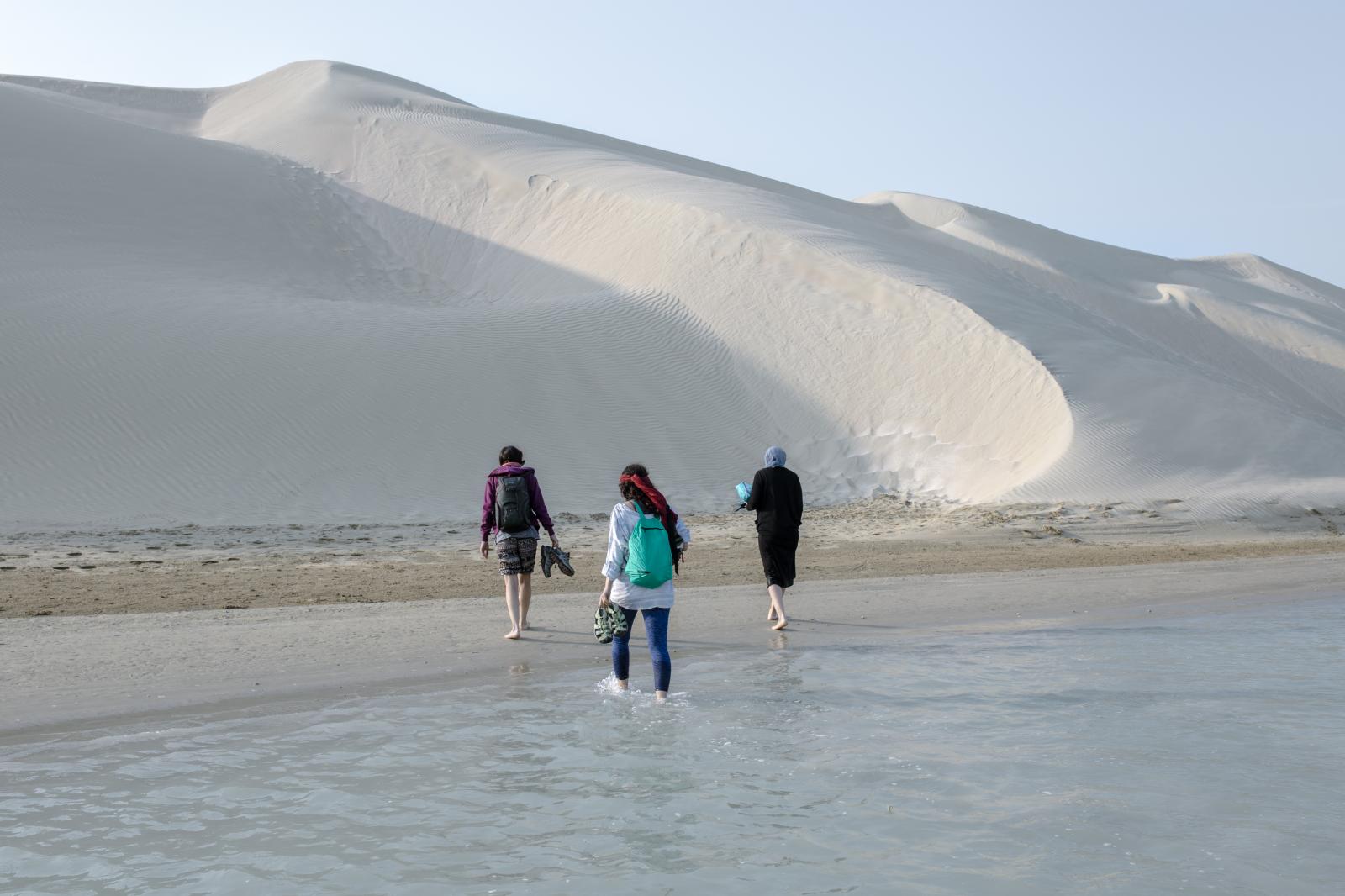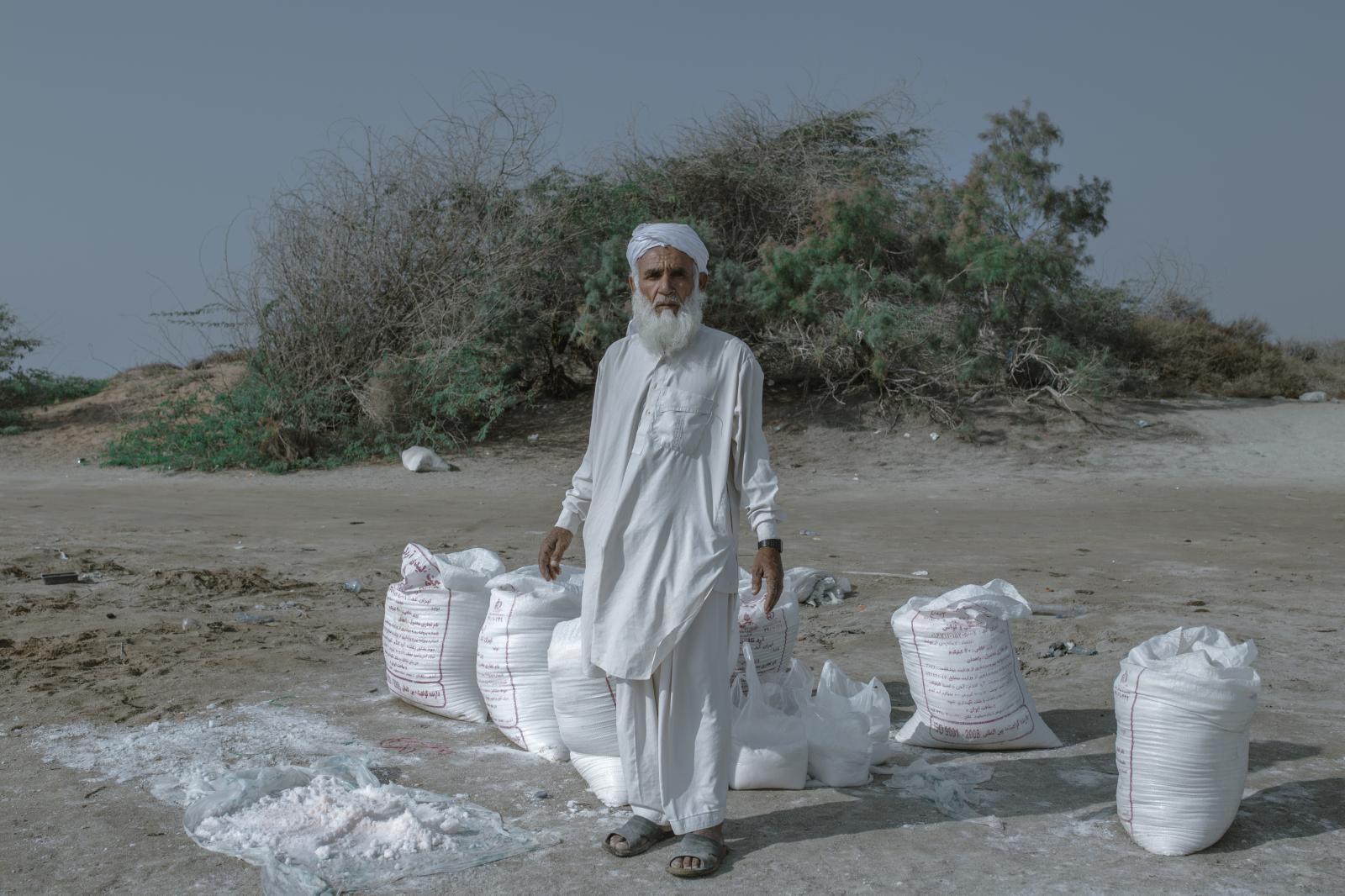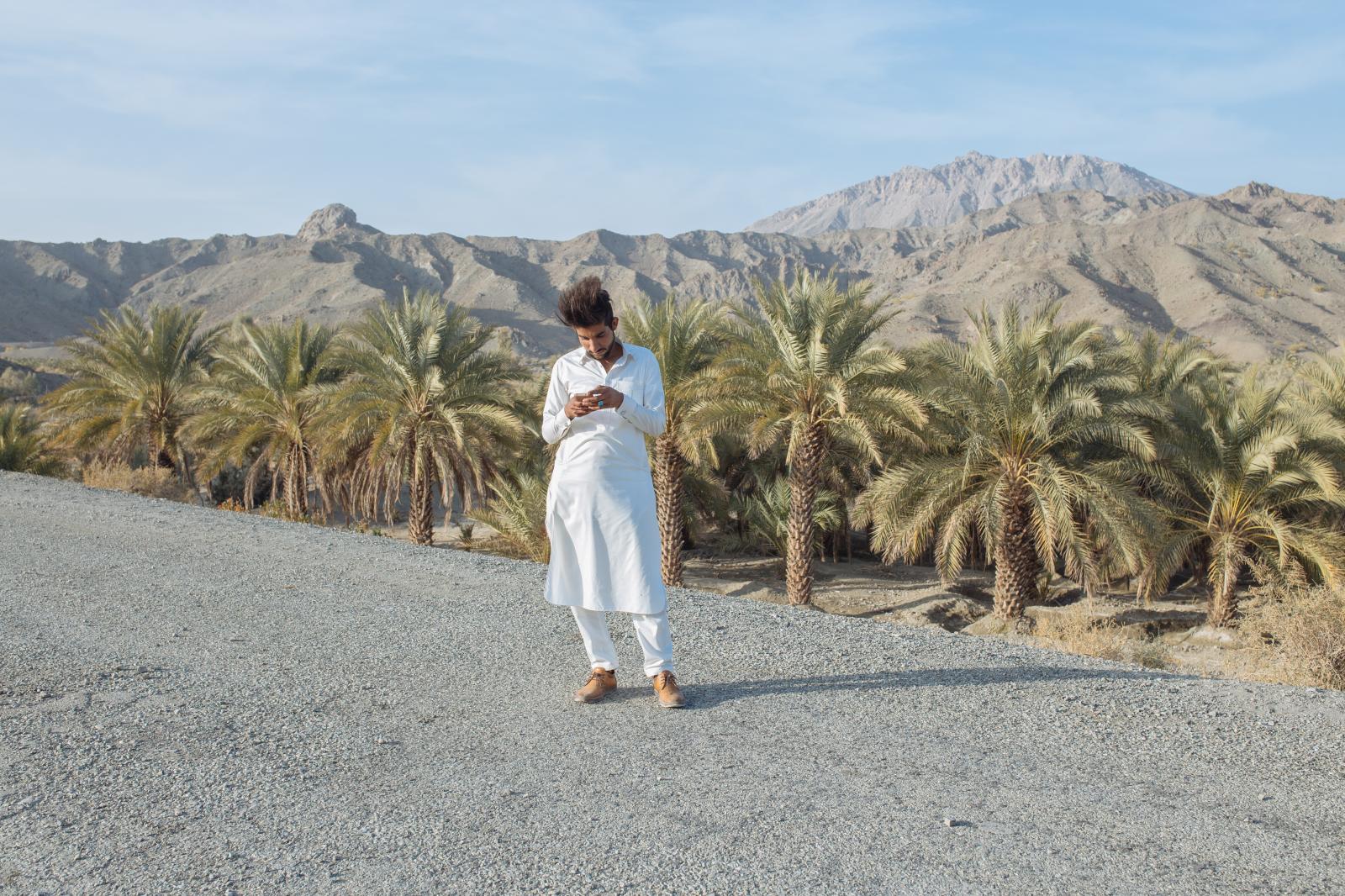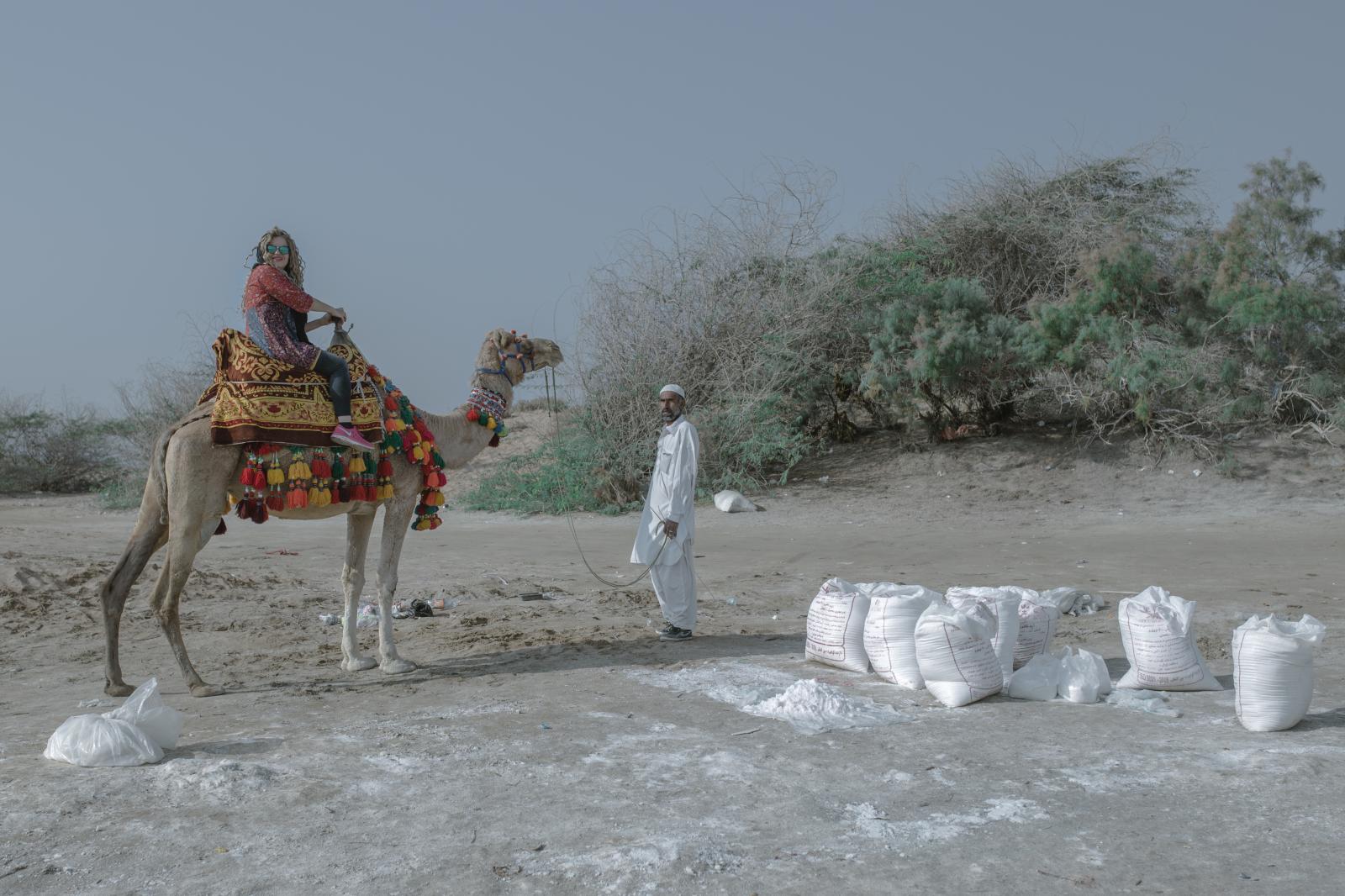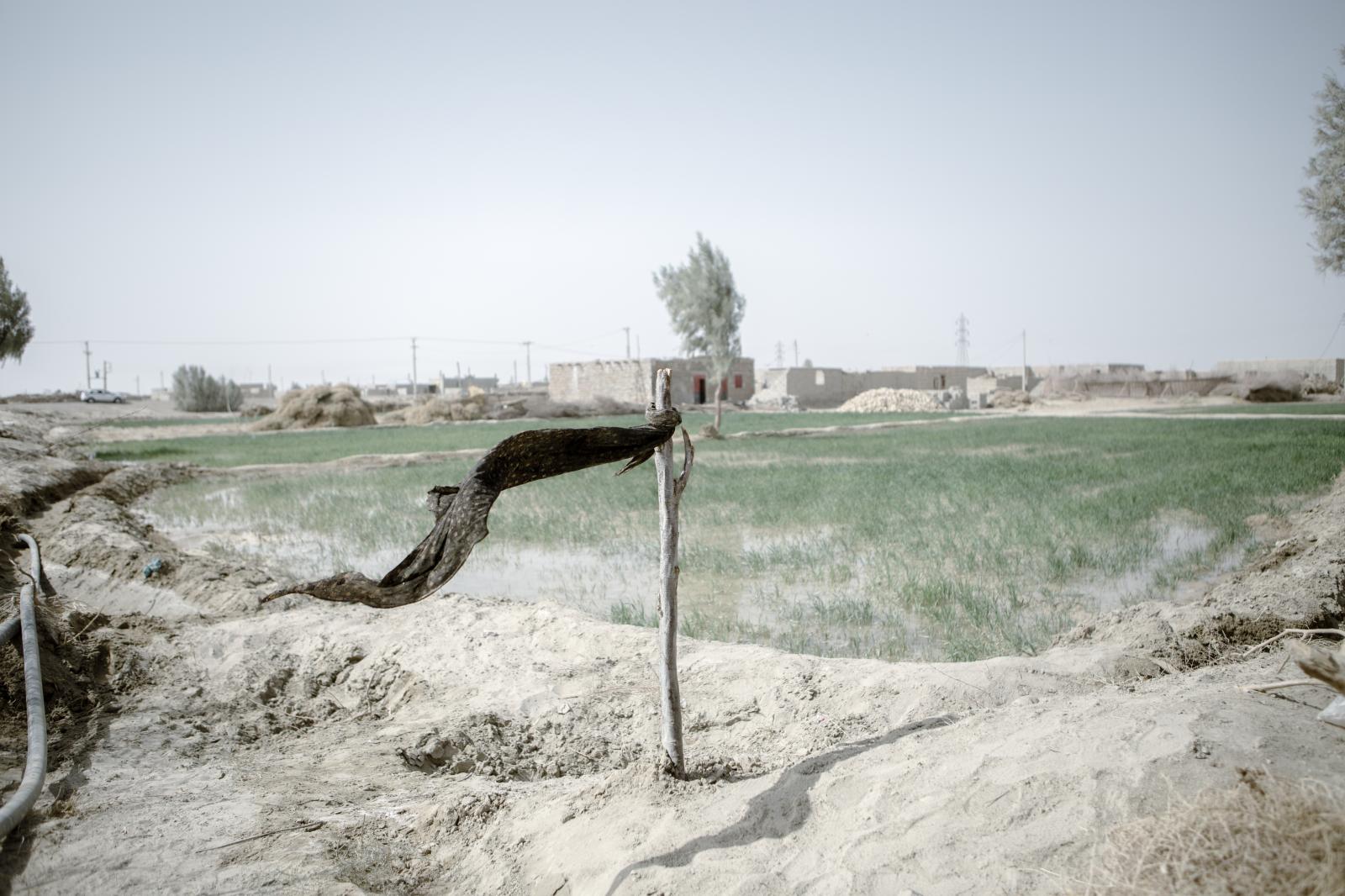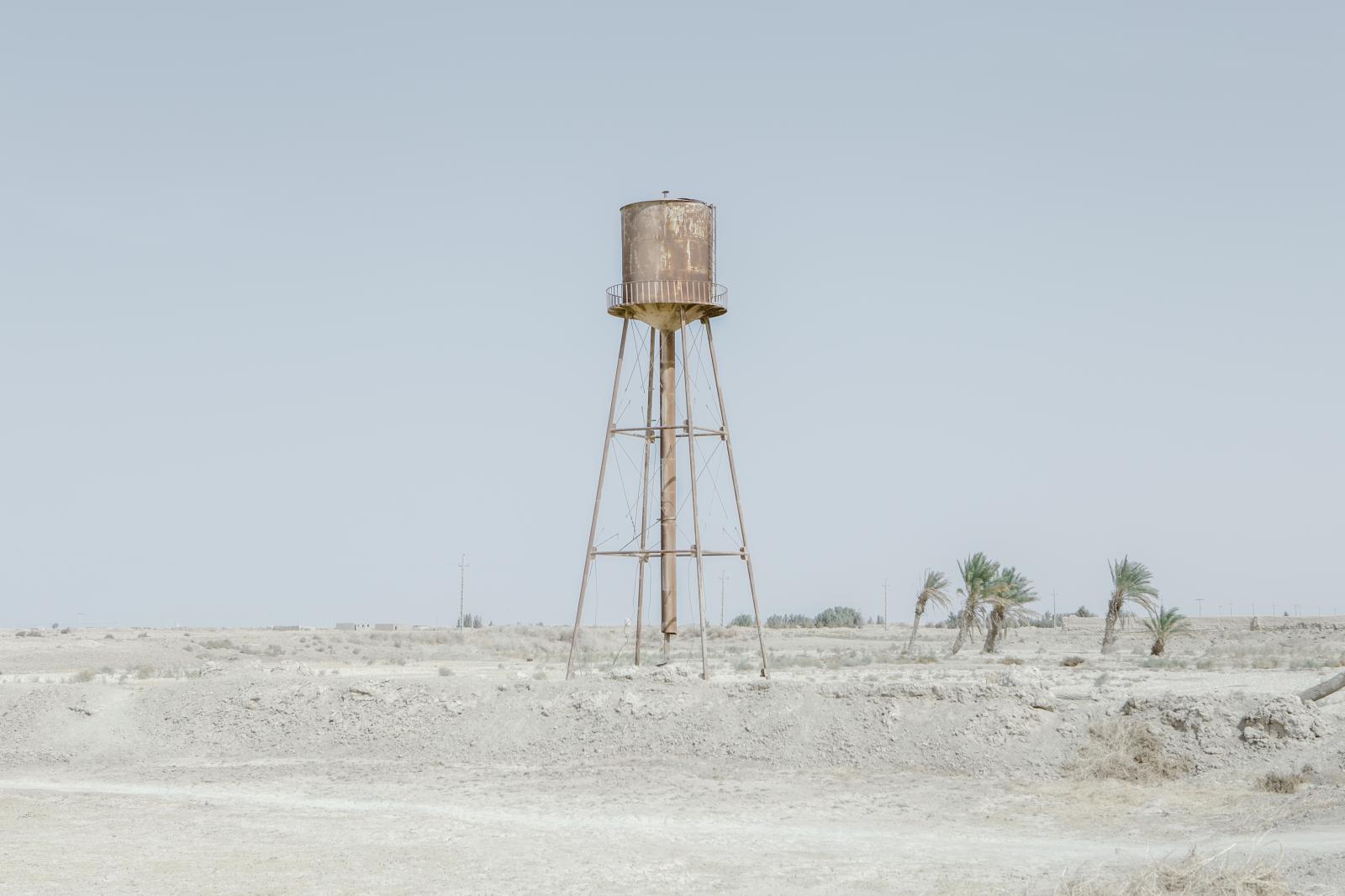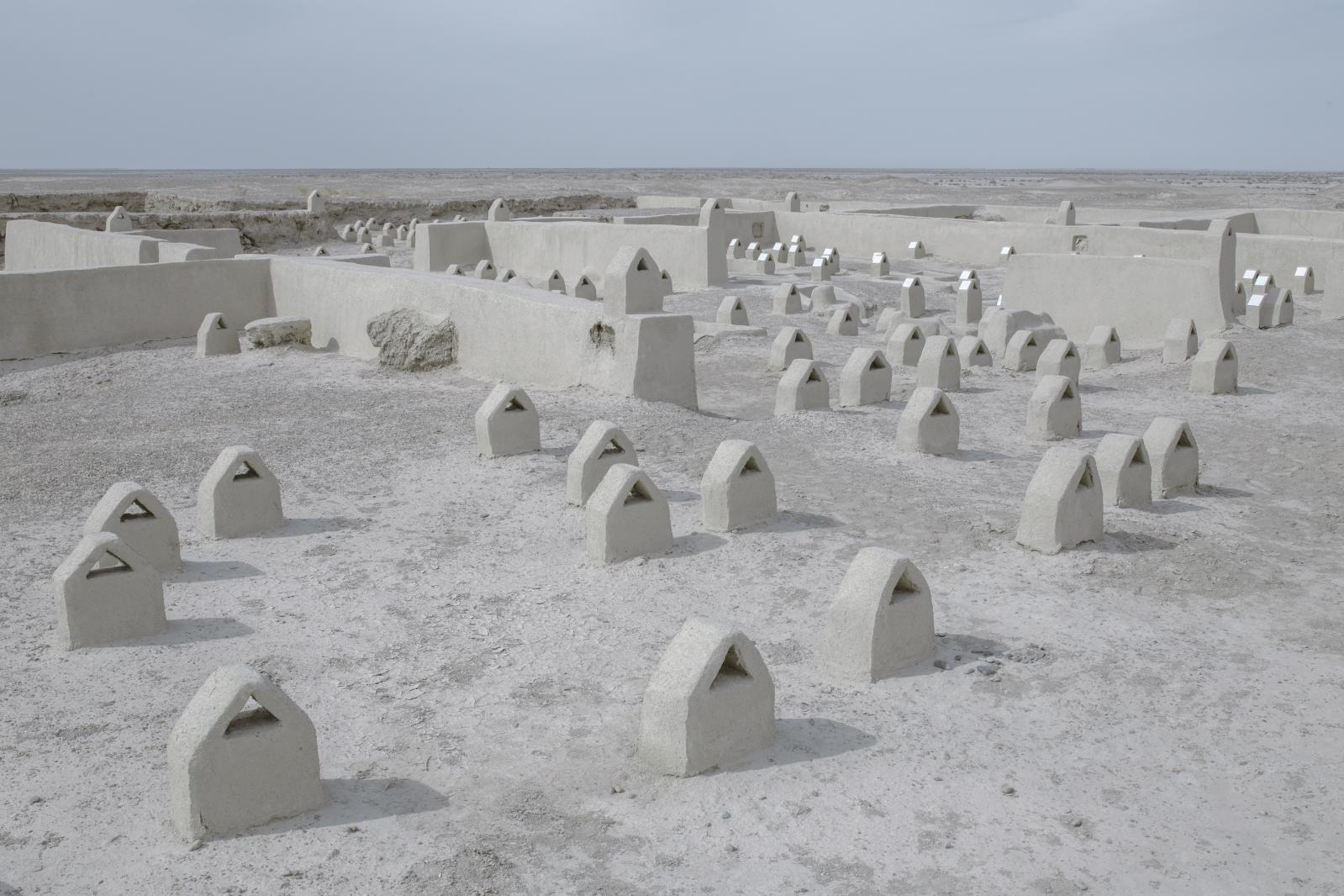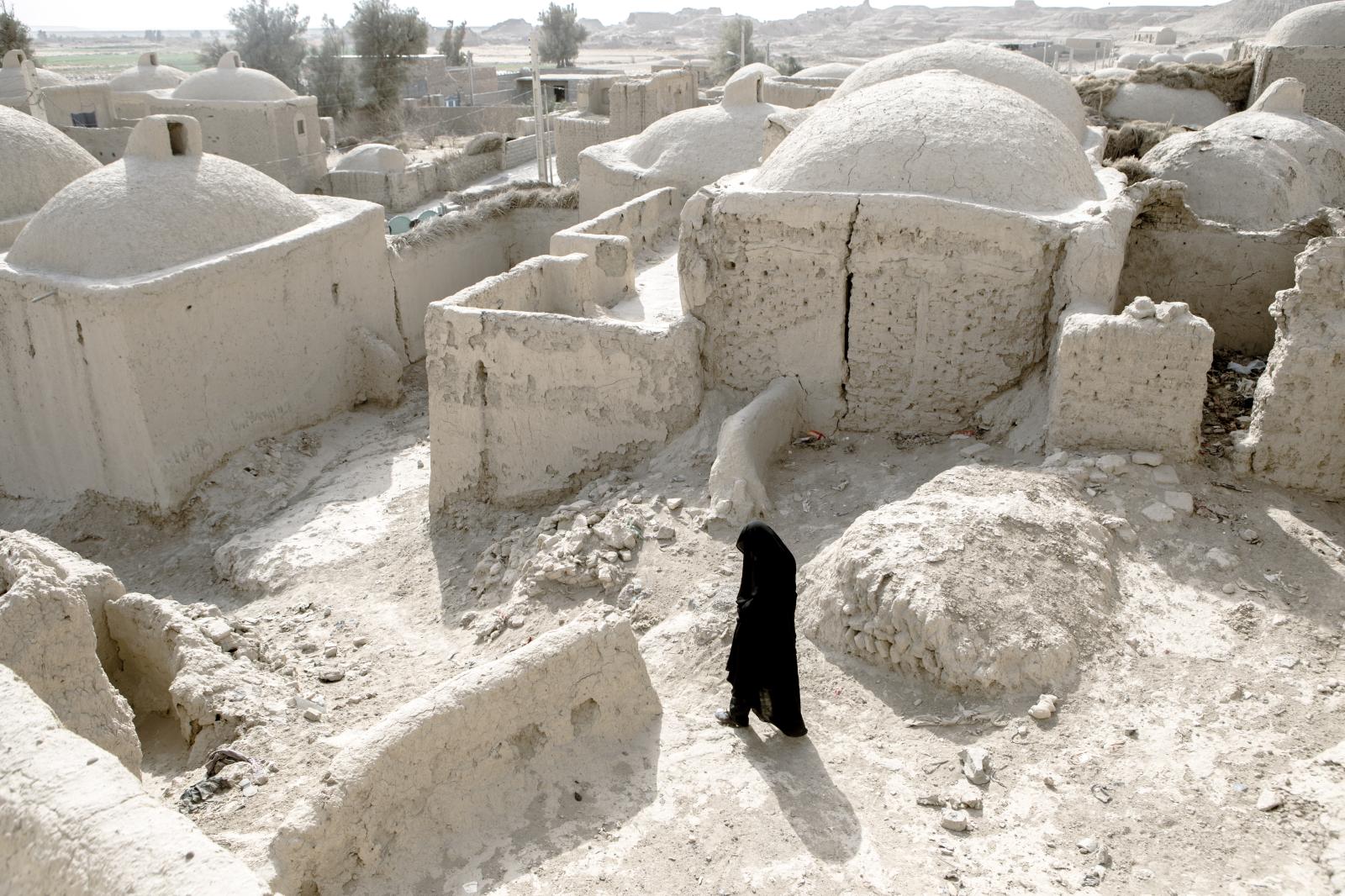Public Story
Wilted Oasis: Stories of Drought in Iran's Sistan Baluchistan
My homeland, Iran, mainly suffers from water scarcity and socioeconomic drought, where, water consumption immensely exceeds the natural water supply. On July 7th 2018, Iran's Interior Minister warned that the water crisis in Iran is becoming a "big social crisis" and climate migration can change Iran's face in five years. Despite huge investments in water infrastructures, water scarcity echoes through an alarming rise of insufficient drinking water in many cities and villages, damaging flora and fauna and severely affecting agricultural products.
Sistan-and-Balouchestan Province, bordering Afghanistan and Pakistan in south-east Iran, is the largest Iranian province, with more than 2.8 million people. Life in this province is strongly water-dependent. Farmer communities, as well as the experience around the Hamun wetlands, rely on the Hirmand River that flows from Afghanistan to Iran. Quoting the Zabul representative in the Iranian parliament(Mr. Habibolah Dehmarde), in the past two decades, 25-30% of the population of the Sistan region have migrated to the suburbs of other cities due to the lack of access to water for farming, unemployment and the death of Hamun wetlands and their ecosystem.
The Hamun wetlands – a historical natural heritage for Iranians and Afghans – are recognized under the Ramsar Convention, and were once the largest freshwater lake in Iran's plain. Hamouns is now a sea of sand, suffering from droughts, unsustainable management and Iran-Afghanistan disputes over their transboundary rivers and shared wetlands.
The Hamun once covered an area of 4,000 square kilometres and held communities that lasted 5000 years, which is an environmental calamity. My project focuses on the water crisis and climate change in the south and south-east of Iran to demonstrate drought's environmental, economic, and social impacts in recent years.
To feel and believe about the water crisis and its impacts on society, you need to see it. I feel responsible for reminding humans that they are hurting themselves by destroying wetlands, nature, and ecosystems. By covering and telling stories through photography, I want to raise public awareness and urge people to take action and change attitudes.
Sistan-and-Balouchestan Province, bordering Afghanistan and Pakistan in south-east Iran, is the largest Iranian province, with more than 2.8 million people. Life in this province is strongly water-dependent. Farmer communities, as well as the experience around the Hamun wetlands, rely on the Hirmand River that flows from Afghanistan to Iran. Quoting the Zabul representative in the Iranian parliament(Mr. Habibolah Dehmarde), in the past two decades, 25-30% of the population of the Sistan region have migrated to the suburbs of other cities due to the lack of access to water for farming, unemployment and the death of Hamun wetlands and their ecosystem.
The Hamun wetlands – a historical natural heritage for Iranians and Afghans – are recognized under the Ramsar Convention, and were once the largest freshwater lake in Iran's plain. Hamouns is now a sea of sand, suffering from droughts, unsustainable management and Iran-Afghanistan disputes over their transboundary rivers and shared wetlands.
The Hamun once covered an area of 4,000 square kilometres and held communities that lasted 5000 years, which is an environmental calamity. My project focuses on the water crisis and climate change in the south and south-east of Iran to demonstrate drought's environmental, economic, and social impacts in recent years.
To feel and believe about the water crisis and its impacts on society, you need to see it. I feel responsible for reminding humans that they are hurting themselves by destroying wetlands, nature, and ecosystems. By covering and telling stories through photography, I want to raise public awareness and urge people to take action and change attitudes.

